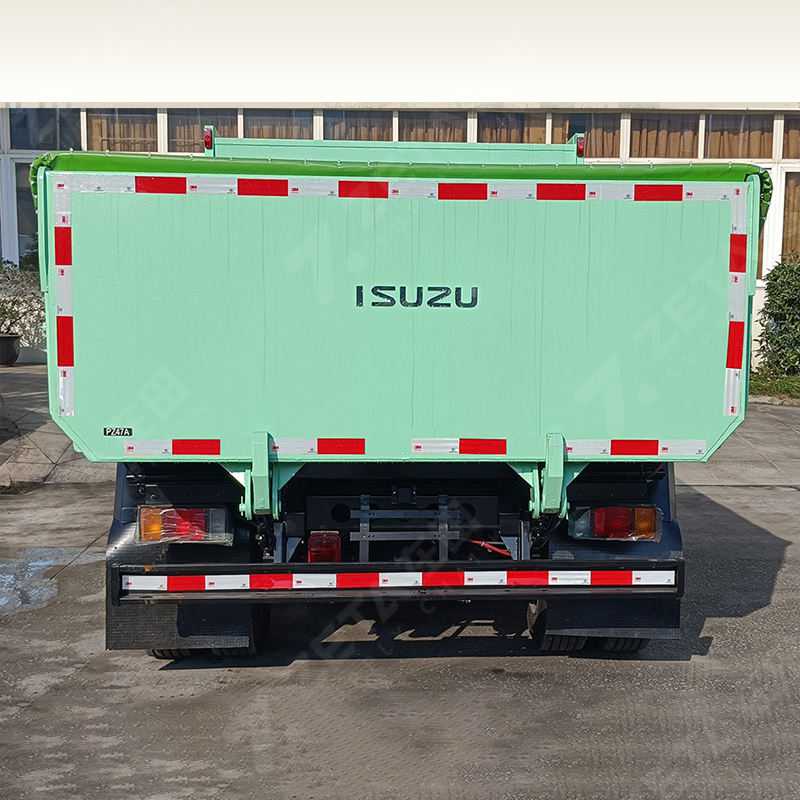Maximizing Efficiency: The Critical Choice Between Mining Truck Giants
Understanding the Significance of Mining Trucks Comparison
In the world of heavy machinery, mining trucks are the behemoths that bear the brunt of transportation within mining operations. The choice between these giants can spell the difference between profit and loss, efficiency and delay. A thorough mining trucks comparison is not just a recommendation; it’s a necessity for any mining company aiming to optimize its operations.


Key Factors to Consider in Mining Trucks
When evaluating mining trucks, several factors come into play. Here’s a breakdown of the most critical aspects to consider:
Capacity and Payload
- Capacity: The truck’s capacity to carry materials is a fundamental consideration. Larger payloads can reduce the number of trips needed, increasing efficiency.
- Payload: The maximum weight a truck can carry without compromising its performance or safety.
Performance and Durability
- Engine Power: The engine’s power directly impacts the truck’s ability to handle steep grades and heavy loads.
- Reliability: Durability and reliability are paramount in mining environments, where downtime can be costly.
Operational Costs
- Fuel Efficiency: Given the high fuel consumption of mining trucks, fuel efficiency is a significant cost factor.
- Maintenance: Regular maintenance and repair costs should be considered in the overall operational budget.
Comparing Top Mining Trucks: The Giants of the Industry
Let’s delve into a comparative analysis of some of the leading mining trucks on the market today.
Caterpillar 797F vs. Komatsu 930E-SE
- Caterpillar 797F: Known for its exceptional payload capacity and engine power, this truck is a favorite among large-scale mining operations.
- Komatsu 930E-SE: Offering a slightly smaller payload but with advanced fuel efficiency and lower emissions, this model is a strong competitor.
Belaz 75710 vs. Liebherr T 282C
- Belaz 75710: Boasting the title of the world’s largest mining truck, this Belaz model is a behemoth in every sense of the word.
- Liebherr T 282C: With a focus on performance and reliability, this Liebherr model is designed for high productivity and low downtime.
Challenges and Trends in Mining Truck Selection
Technological Advancements
The mining industry is rapidly adopting new technologies, such as autonomous driving and telematics, which can enhance truck performance and reduce operational costs.
Environmental Concerns
As environmental regulations become stricter, mining companies are looking for more eco-friendly options, such as electric or hybrid mining trucks.
Market Dynamics
The global market for mining trucks is influenced by commodity prices, mining regulations, and technological advancements, making it a dynamic and ever-changing landscape.
Making the Right Choice: A Strategic Decision
Choosing the right mining truck is a strategic decision that can significantly impact a mining company’s bottom line. A thorough mining trucks comparison, taking into account capacity, performance, operational costs, and market trends, is essential for making an informed choice.
Final Thoughts
In the competitive world of mining, the right truck can make all the difference. By carefully evaluating the options and considering the unique needs of your operation, you can select a mining truck that will drive efficiency, reduce costs, and ensure a sustainable future for your business.



